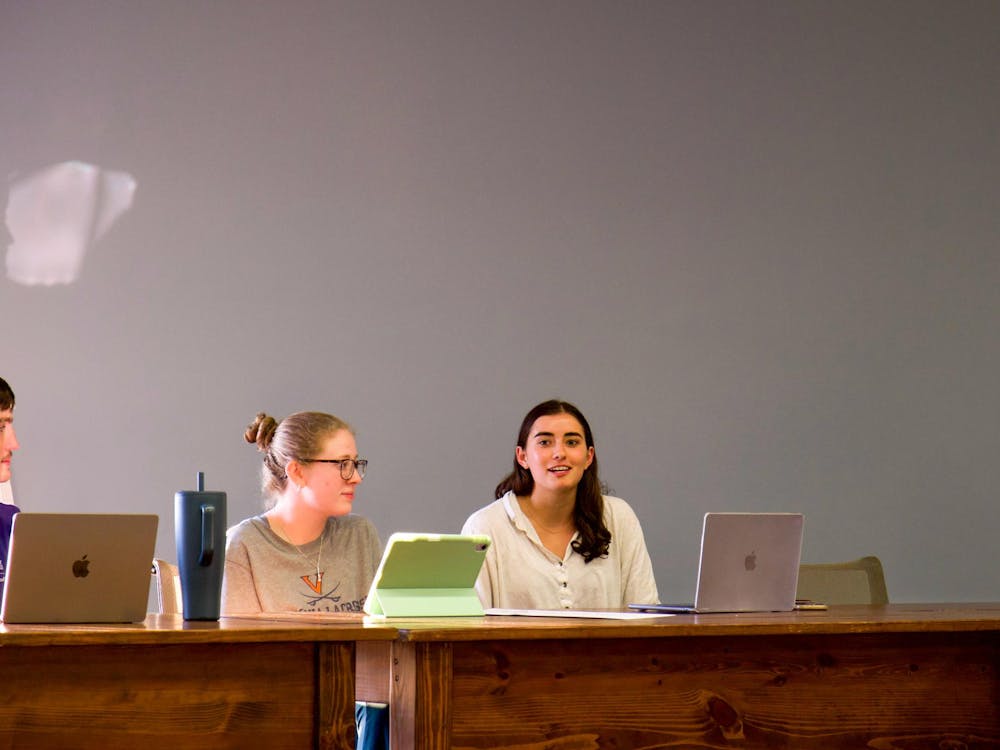Following the shootings at Virginia Tech last April, Education Prof. Dewey Cornell found that Virginia high school students have become more likely to report a threat of violence in their schools.
In the Virginia High School Safety Study conducted last April, about 7,400 freshmen from 296 high schools across the commonwealth were surveyed about the atmosphere of their school, the amounts of structure and support offered, and their willingness to report a threat of violence, Cornell said.
In comparing survey responses, "we found students surveyed after the Virginia Tech shooting showed an increase in willingness to seek help," Cornell said, adding that about 75 percent or more of students surveyed said they were likely to seek help if a fellow student talked about killing someone.
According to a summary of the study, 85 percent of students agreed that they would tell a teacher if a student brought a gun to school.
Cornell said the goal of the study was to determine what the optimal practices are for high schools to establish low rates of violence.
"We want to know what conditions are associated with low victimization rates, low bullying and teasing and ultimately higher achievement rates and graduation rates," Cornell said. "We measured student perceptions of how much they feel that their teachers cared about them, wanted them to do their best, listened to what they had to say and treated everyone fairly."
Megan Eliot, a graduate Education student working with Cornell, said the amount of structure -- including physical security measures such as metal detectors, as well as school rules and emotional support offered in high schools -- was the subject of scrutiny throughout the study.
"Both structure and support were positively correlated with safer conditions in schools and higher performance on SOL tests," Cornell said. "We found that in schools where students perceive the climate as more supportive, there were lower levels of both teacher and student victimization."
According to the study report, victimization rates were higher in schools with gangs but lower in schools with strict dress codes. Also, schools with higher rates of teacher victimization were correlated with lower passing rates on standardized exams; however, the report stated there is not necessarily a causal relationship between these figures.
Only ninth-grade students were surveyed, Cornell said, because that is the most difficult transition year for high school students; however, Cornell added that he plans to follow up with the students surveyed.
"We would like to see what the eventual graduation rate is of those ninth graders," Cornell said. "Over the next four years we hope to see how their adjustment to ninth grade predicts how they will do over their high school career"






